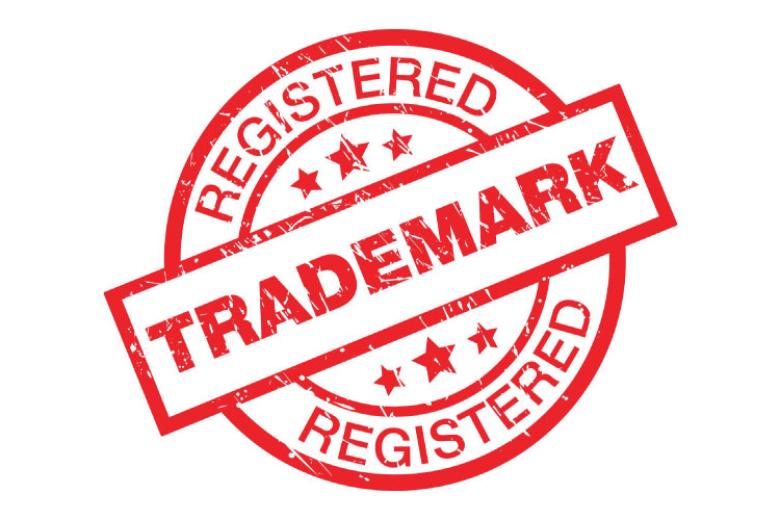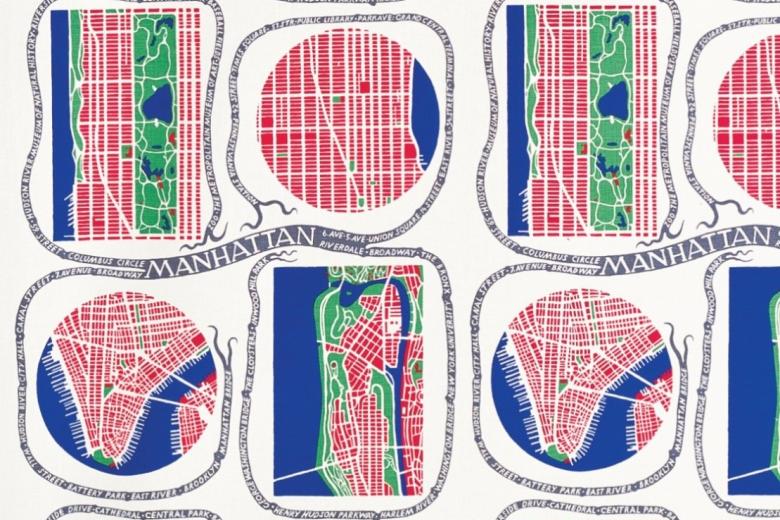God giveth the genes, man giveth the patent
The grant of gene patents has been a highly contentious issue in the EU and US for many years. A new bill in the US proposes to lift the currently banned subject matter, with potentially severe effects.
As of 2017, we have seen many social media influencers and celebrities digging deeper in their origin and ancestry with one simple test. All one needed to do was send their DNA to a third party and they would get the analysis back within a few weeks. Much too late did the question of What can these third parties do with our DNA? arose, it seems.
One of the key players in the market for such DNA testing kits, 23andMe, managed to get a US patent in 2013 on “a method of analyzing regions of the genome shared by family members—dubbed ‘identical by descent,’ or IBDs” . It was a questionable patent granted, given that it’s more of an abstract idea or natural phenomenon, which in principle is excluded from patentability (see US Supreme Court decisions Alice and Mayo).
In May 2019, a draft bill (Tillis-Coons Bill) was proposed to reform the patent eligibility laws in the US since the case law on the subject matter did not provide clarity. The draft bill provides that any judicially created exception to subject matter eligibility, such as the exclusion of abstract idea or natural phenomenon in Alice and Mayo, cannot be excluded from patent eligibility. Thus, abstract ideas, laws of nature or natural phenomena could be considered patent eligible subject matter.
Reactions To The Bill
Proponents of the reform are of the opinion that the bill reverses the decisions of Alice and Mayo to the benefit of re-incentivizing investment in research and development in the US. They also describe the bill as “an impressive step towards untangling the Gordian Knot that the Supreme Court's patent eligibility decisions have become”.
Opponents to the reform, on the other hand, are of the view that such a draft would result in overbroad patent eligibility, which in turn could undermine scientific innovation and as a result reduce access to necessary technologies. They provide the example of the famous patent granted for testing the BRCA1 gene (later revoked in the case of Myriad Genetics), which delayed the development of improved tests by 7 years. They also asserted that this might increase the cost of research and subsequently inhibit the availability of healthcare in the US.
Functional Claims
In order to address the concerns of overbroad patent eligibility, the draft bill also proposes an amendment to 35 U.S.C. § 112(f) regarding claim drafting. The amendment would prohibit functional claiming, which is basically claiming an invention by what it does rather than what it is or what it is made of. The proposed revision would require inventors to describe each and every feature. An applicant would have to describe every possible way (as opposed to the ‘at least one embodiment’ rule at the European Patent Office) of performing the same function in a highly detailed manner in the specification, and for each possible way, a new set of claims must be written. Under the current law, there is no requirement of describing each and every structure.
This proposal seems to be rubbing those in the biotechnology sector in the wrong way. There are 571 coding languages each with multiple ways of doing the same thing. An inventor must list every imaginable way to avoid legal gamesmanship. This is an impossible task that will make most tech patents undefendable.
And yet there are those in the industry who believe that this would not dramatically change the framework already established. A purely functional claim is always interpreted based on the specifications in the claim, as established by the Federal Circuit in Williamson.
Conclusion
In essence, the draft bill widens the scope of patent eligible subject matter. However, the proposed amendment to § 112(f) could be a potential restriction to patentability, as it would require the applicants to enumerate every way of carrying out a claimed method in order to protect it sufficiently.
But one should also bear in mind that widening patentable subject matter would render a human genome patent eligible. So far, this has been considered to be a result of nature, but with the amendment this could be rendered eligible. The fear of infringing upon another’s “patented gene” would end up being highly discouraging for more research in the field. Notably, as seen with Myriad, the costs for genetic testing would increase tremendously for researchers to be able to recoup for their investment.
| By Sarah Usmani and Fatema Danyal, IPKM students 2019-2020, Faculty of Law Maastricht. More blogs on Law Blogs Maastricht. |
-
Protection of reputable marks beyond confusion: does “due cause” help to strike a balance between trade mark proprietors and content creators?
Content creators, exercising their freedom of expression, may use trade marks in their content in a way that might damage the interests of trade mark proprietors (e.g. use of Nike shoes in a porn movie). How does EU trade mark law address these different interests?

-
Computer-Implemented Inventions: has the term “invention” in the EPC lost its meaning?
The European Patent Convention defines subject-matter that is not eligible for patent protection, such as methods for doing business. However, when implemented by a computer, non-eligible subject matter becomes eligible for patent protection. Is this desirable?

-
The ambigous nature of the amended European trademark functionality doctrine
EU trade mark law excludes certain signs from becoming registered trade marks. In particular, shapes cannot be registered if they are necessary for achieving a technical result. In 2015, the amended Regulation broadened this exclusion to ‘another characteristics'. But what is now covered exactly?
